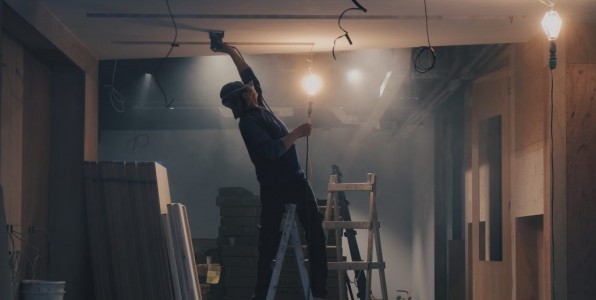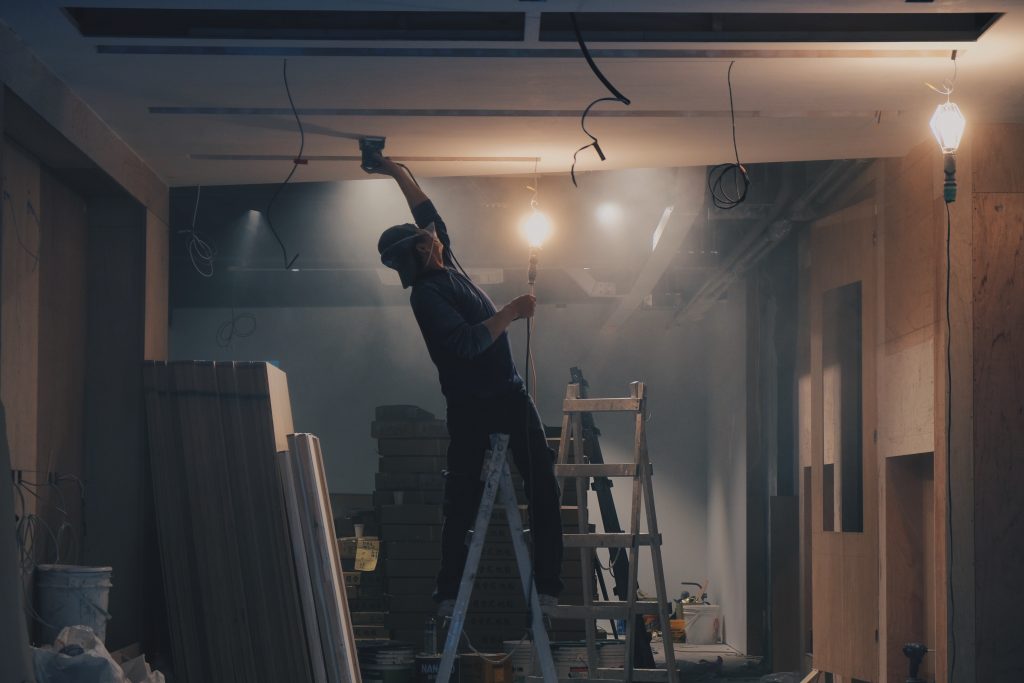The Key Principles of Foundation Waterproofing

The Key Principles of Foundation Waterproofing

When you think of renovating or building a house, waterproofing might not be high up on your agenda.
But stop for a minute and consider that waterproofing is like a building’s envelope. It wraps around it, keeping it dry and forming a protective layer that prevents mould, cracks, structural damage and peeling walls. Suddenly the topic becomes more important.
So, how do you go about protecting your house from water? Especially when the foundation lies below the water table or is in a wet climate where groundwater accumulates fast. Keep reading – you’re about to find out.
A Systematic Approach
Let’s start with the basics first.
By their nature, foundations are sunk below ground where water is in high concentration – making it an ongoing threat. Fortunately, this kind of water intrusion is usually preventable. You need to look at the potential for water to move and then reduce it through sound design and execution.
When evaluating how well water can move and how you can reduce this, you need to look at three elements of your overall foundation structure:
· Drainage
· Exterior wall protection
· Interior wall protection
By checking each element you’re adopting a systematic approach – analysing and then controlling every part of the whole. You’ll isolate what’s causing the problem and have the best chance at dealing with it effectively.
Drainage
Proper drainage diverts water away from the building you’re trying to protect. Depending on your construction, different drainage tools and techniques need to be utilised and you may use one or more of the following:
Interior Drain Tile. A perforated pipe that’s surrounded by gravel, a drain tile provides a storage facility for accumulated water under the floor.
Exterior Drain Tile. The same concept as interior drain tile, it provides a water storage facility at the bottom of exterior walls.
Sump Crock and Pump. The crock is a collection point for the groundwater from the interior drain tile. Its sump pump is used to direct the water to a drain or away from the house.
D&A Well and Exterior Sump Pump. Much the same as an interior sump crock and pump, this type of drainage system is used only in extreme cases. It draws water reaching the foundations away to stop it from penetrating the walls.
Surface Drainage. Any system that allows runoff to move away from the house quickly so that less moisture reaches the foundation wall. This could be as simple as positive grading (building a slope to move water away), or as complex as downspout extensions (an add-on to your gutters).
Exterior Wall Protection
Exterior wall protection is the biggest component of foundation waterproofing.
The first thing you need to do is make sure the wall itself is solid, with no cracks or utility pipe penetrations that allow water to enter the interior.
Thereafter, you need to apply a waterproofing membrane that’s completely resistant to moisture on the wall’s surface.
Added Protective Measures. Protection boards can be placed above the membrane to protect it from roots or rocks. Damage from general backfill (the soil that’s returned after excavation and foundation laying and wall casting) is prevented that way too.
You may need to add other protection components to waterproofing membranes if you want to insulate your basement to conserve energy. In colder climates, this is usually required by local building codes.
Waterproofing Materials. These come in two basic forms: spray-applied substances and sheets that you have to physically apply.
The most commonly used material is rubberised asphalt, available in peel and stick sheets and a spray. In the case of the sheets, a thin film of polyvinyl chloride (PVC) or polythene on the exposed side allows for easy handling.
The sheet and sprayable versions are both sensitive to ultraviolet light, so they must be covered and protected if exposed to sunlight at any time. The sprays tend to be water-based, making them safer but more vulnerable to freeze damage before the curing is complete – so they might not be suitable if you’re in extreme cold.
Solvents and Sprays. Solvent-based asphaltic emulsion is still some people’s first choice, although it’s seen less frequently. This emulsion is heated to make a sprayable liquid or applied with hand trowels and sometimes it’s mixed with glass fibres too. These fibres boost its resistance to shrinkage and cracking.
Sprayed rubber and polythene sheet membranes are other options. Sprayed rubber is popular as it can be installed three days after a wall is cast and applied at low ambient temperatures. Builders who choose polythene sheets say they find them especially easy to apply.
Building a Barrier. Sheets containing bentonite clay between two layers of geotextile or cloth are relatively common, although they’re seen more often in the United States than the United Kingdom. Mined bentonite clay expands and becomes a thick gel when it gets wet.
Water can’t penetrate the clay barrier and doesn’t make it through to the foundation wall. Bentonite is simple and safe, but the drawback is that it doesn’t do anything to prevent the movement of water vapour.
Alternatively, you might want to put vapour barriers under your floor slabs. These are sealed against the foundation wall’s base or footing and prevent radon gas or water vapour from getting inside. If your home is in a particularly wet area, these barriers can be a major help.
Interior Wall Protection
Interior wall protection methods are affordable and usually easy to execute yourself, so don’t neglect them when planning your waterproofing.
Sealants to Stop Moisture. Use waterproof sealants around doors and windows in your basement to stop moisture leaking in, and fill and coat any cracks that appear. Avoid just painting over a problem, making good aesthetically doesn’t detract from dampness underneath.
Crack Checks. The simple process of checking for cracks regularly should be a priority. With everything in building, foundation waterproofing included, you should always deal with a smaller issue sooner, rather than a larger issue later.
By adhering to the principles of foundation waterproofing a building is protected from the ground up, and the chances of damp, mould and other water-related problems are largely mitigated. Cutting corners here is never advised as it can lead to even greater costs in the long run.
The short version: don’t skimp out on waterproofing!
Comments are closed